Summer is approaching. That means warmer weather, longer days, and higher energy bills. If that last bit hurts just to see, you’re not alone. Energy costs have been soaring across the US, and if you’re like us, you’re looking into how to save money and save energy this summer. Here’s a list of tips and tricks to improve toward a more energy efficient house and ways to keep your home cool and your energy bills low.
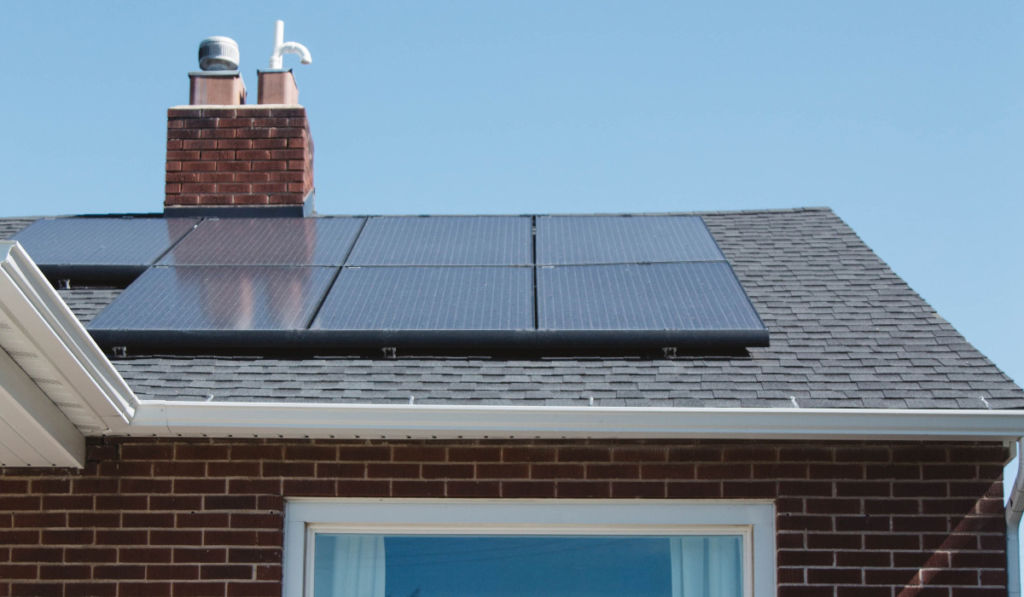
What window treatments are the most energy efficient?
Energy efficient house design starts with modern window treatments. Without proper energy efficient window treatments, as much as 30% of your home’s heating or cooling can be lost through windows. That means up to 30% more expenses for heating and cooling your house’s interior. Window treatments don’t only add to your home’s décor. They control the amount of light entering your home and manage interior temperatures, saving you money in heating and cooling, keeping you comfortable, and making your home energy efficient.
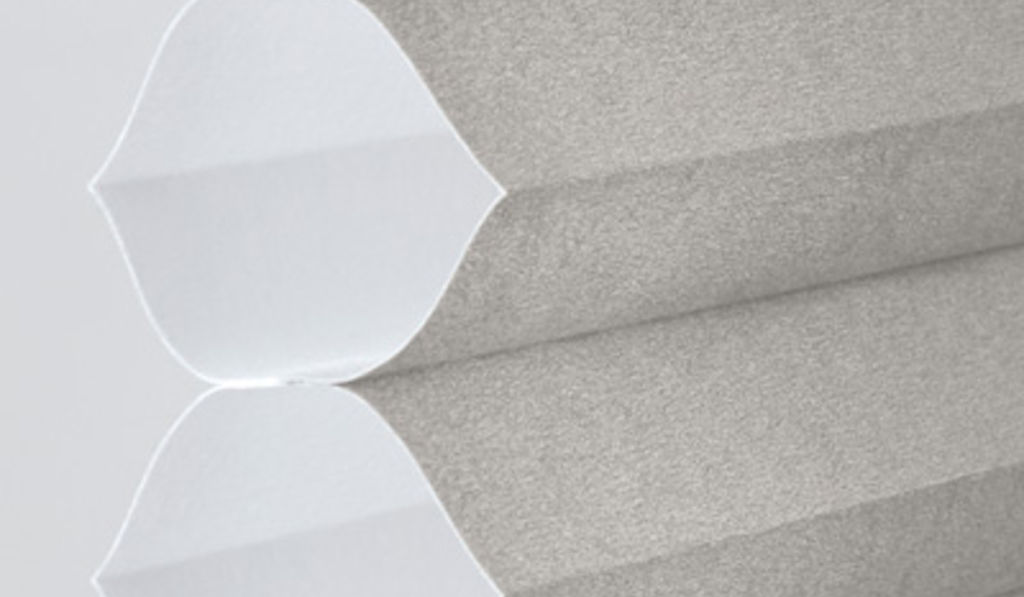
Cellular shades
Honeycomb shades, aka cellular shades, are made with multiple layers of fabric in a “honeycomb” style. This construction adds an extra layer of air between the window and the interior of your home, making these shades excellent insulators, effective against both the heat and the cold.
Blackout shades
Most often used in bedrooms or media rooms, blackout shades block out light by using thicker materials in a tightly fit covering. They offer maximum light and heat control for rooms, making them perfect for windows that get direct sunlight. Properly installed blackout shades can even reduce energy consumption by up to 25% and keep your cooling costs down.
📧 Never miss a post from the 3 Blind Mice blog!
Subscribe to our newsletter to receive window treatment tips, how-to, and special offers in your inbox.
"*" indicates required fields
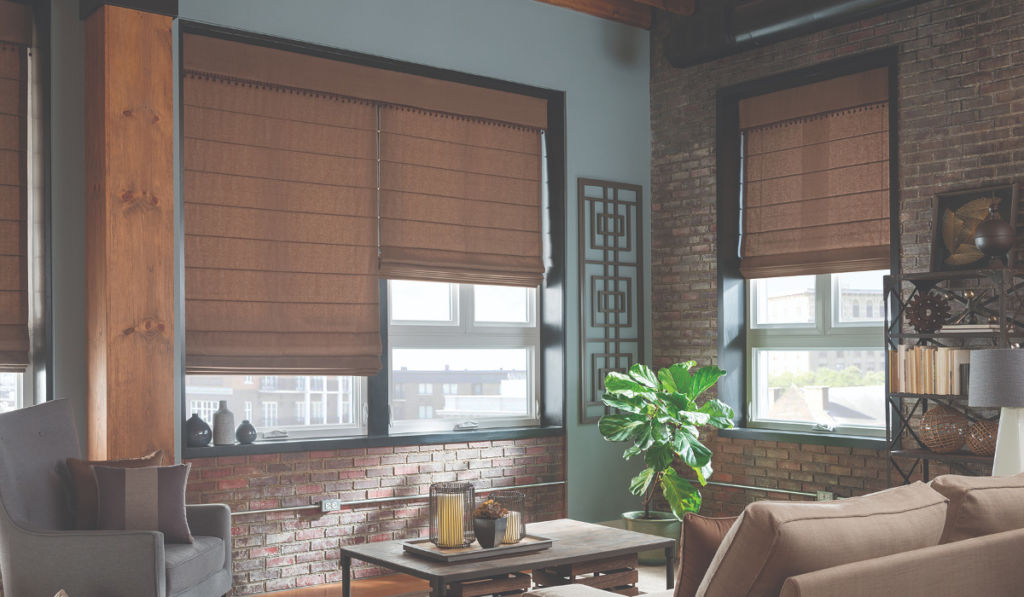
Roman Shades
Roman shades reduce energy costs like roller shades do but in a different style. Roman shades provide excellent coverage with their accordion folded fabric. These shades can be lined with light-filtering or blackout fabrics to increase their energy efficiency and add to their insulation.
Solar Shades
Sun screens, solar window screens, sun shades: solar shades can be called any of the above. These unique window treatments provide better visibility than the other coverings on this list by filtering out sunlight and UV but remaining translucent.
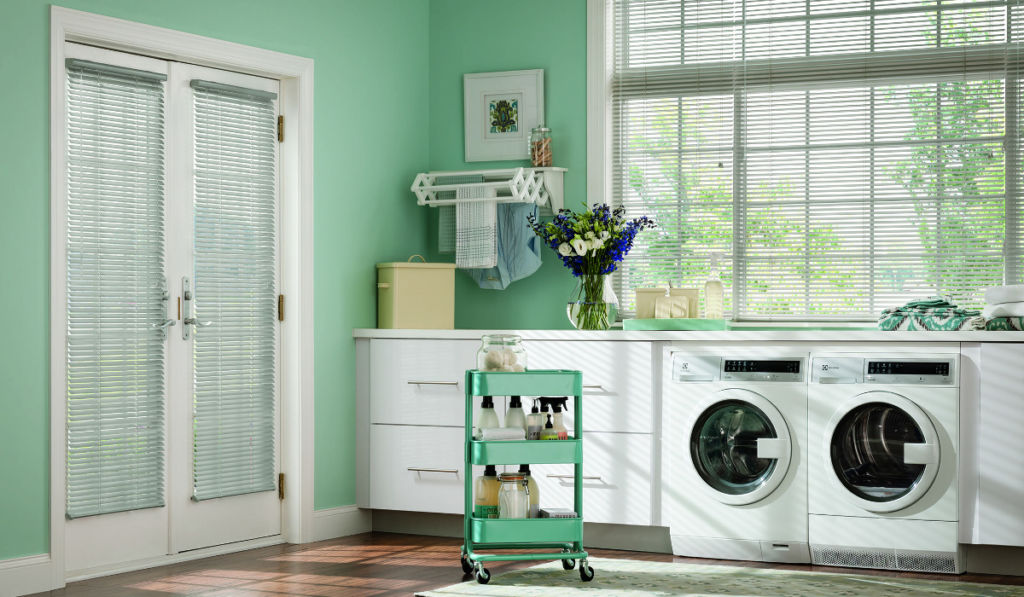
Louvered blinds
The vertical and horizontal blinds openings don’t make them ideal for controlling heat loss in the home, but louvered blinds offer flexibility that shades cannot. By opening and closing blinds, you can control the natural light, heat gain, and glare that enters your home.
Curtains and drapes
Draperies are as classic as window coverings come, and for a good reason. Though it depends on the type of fabric used, curtains and drapes add tremendously to having an energy efficient home. Tighter-weaved fabrics reduce solar heat gain better than looser materials. Darker curtains absorb and trap heat while lighter colored ones reflect it.
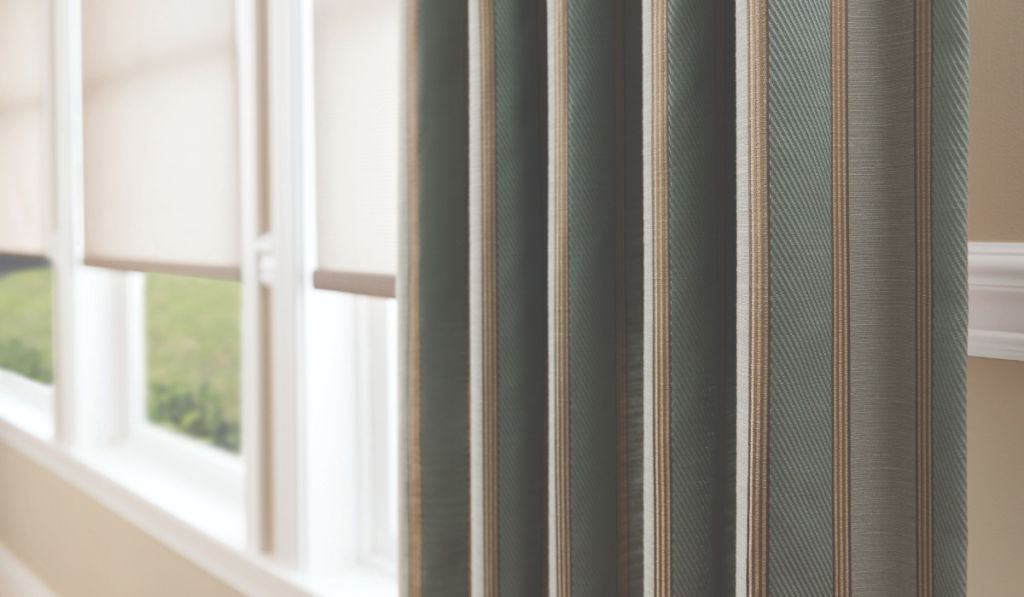
Do thermal lined curtains really work?
If you’ve heard of thermal lined curtains before, you’ve probably wondered whether such a thing can actually work. Can a plastic lining on the inside of a curtain keep your home cool? Yes! Thermal lined curtains save energy and keep the heat off your heating and cooling system. A light colored curtain with a white thermal liner can reduce heat gain by 33%.
How can I make my windows more energy efficient?
While covering the interiors of your windows play a key part in how to make your home more energy efficient, ensuring the windows themselves are up to date and energy efficient plays just as important of a role. Whether you’re replacing or updating your windows, these are steps you can take to improve your home’s energy efficiency.
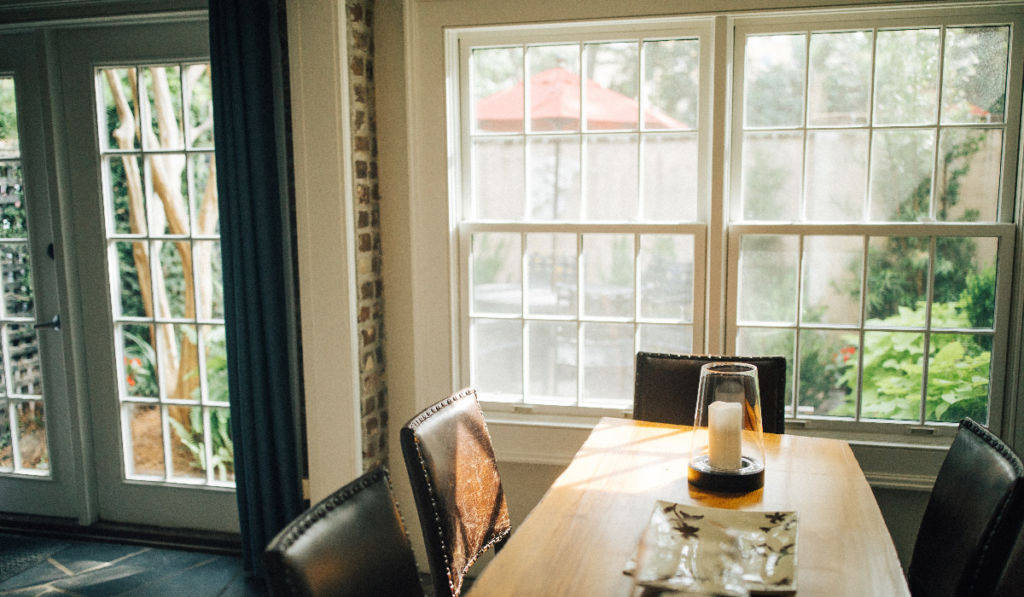
Check for drafts and air leaks
Any opening in the home where cool air can leak out during the summer is a spot where you may be losing energy. Check window frames to see if they rattle, as this can indicate an air leak. Another way to test for a draft is to close a window on a dollar bill; if you can pull it out without resistance, the window can allow air to leak in or out.
Caulk and weather strip
If you’ve found any drafts or air leaks or want an extra, energy efficient layer, use caulk or weather strips to create a better seal on your windows.
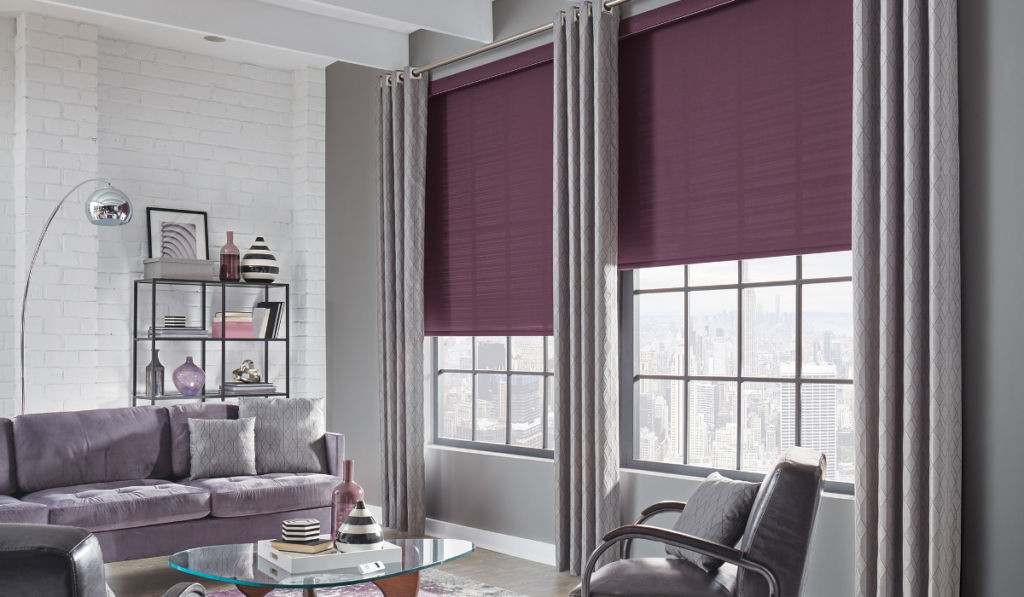
Add window coverings
As mentioned above, energy efficient window coverings control the home’s temperature, reduce cooling and heating costs, and keep heat gain at bay.
Storm windows or panels
If you’re replacing or adding onto your windows, consider low-e coated storm windows. They have numerous benefits, not the least of which is that they can save you 10-30% on cooling and heating costs each year. Some storm windows even come Energy Star-certified.
Solar control film
Instead of replacing your windows entirely, try installing solar control film at a reduced price point. This film has the same Low-E coating that storm windows do, meaning it can help you save on both your heating bill in the winter and your cooling bill in the summer.
What do energy efficient homes have?
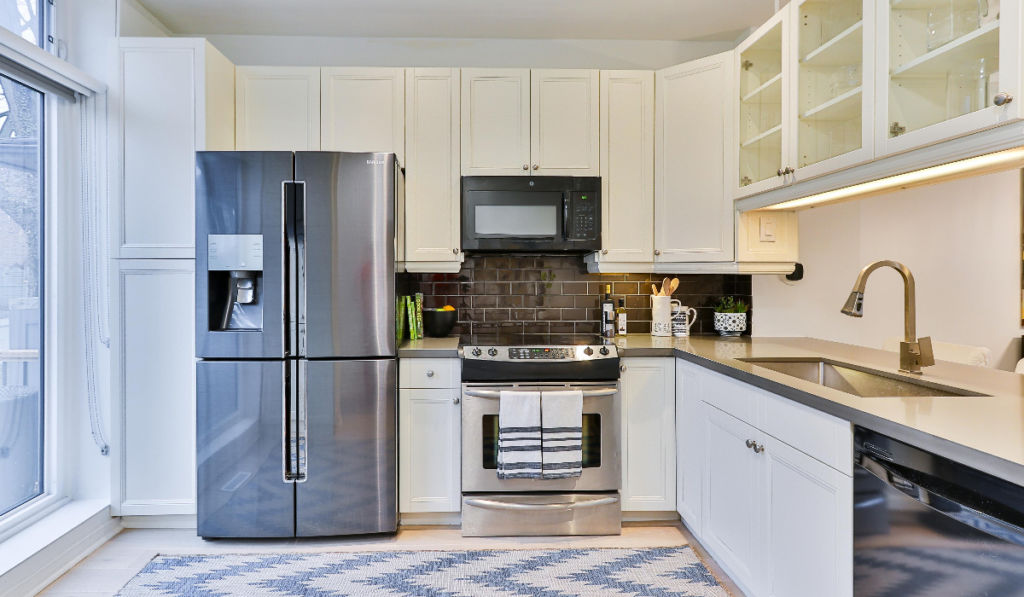
Energy efficient homes aren’t limited to the energy efficiency of their window treatments. Reducing energy usage and approaching a net-zero home requires a full-home approach from the ground up. That doesn’t mean you need to tear down your house to build a more sustainable one though. There are plenty of changes you can make to significantly improve the home’s energy efficiency and contribute to the health of the planet.
Energy Star-certified appliances save you money
From ceiling fans to refrigerators, energy efficient appliances save energy and help maximize energy savings. Energy Star-certified appliances also tend to boast the newest technology meaning there’s no need for you to pre-rinse dishes before loading the dishwasher.
Tankless water heater
Behind cooling and heating, water heaters are the next largest expense in the home, up to 19% of your total energy costs. Tankless water heaters save not only water and energy, but also space since they’re a small box fixed to the wall rather than a cumbersome (and inefficient) tank.
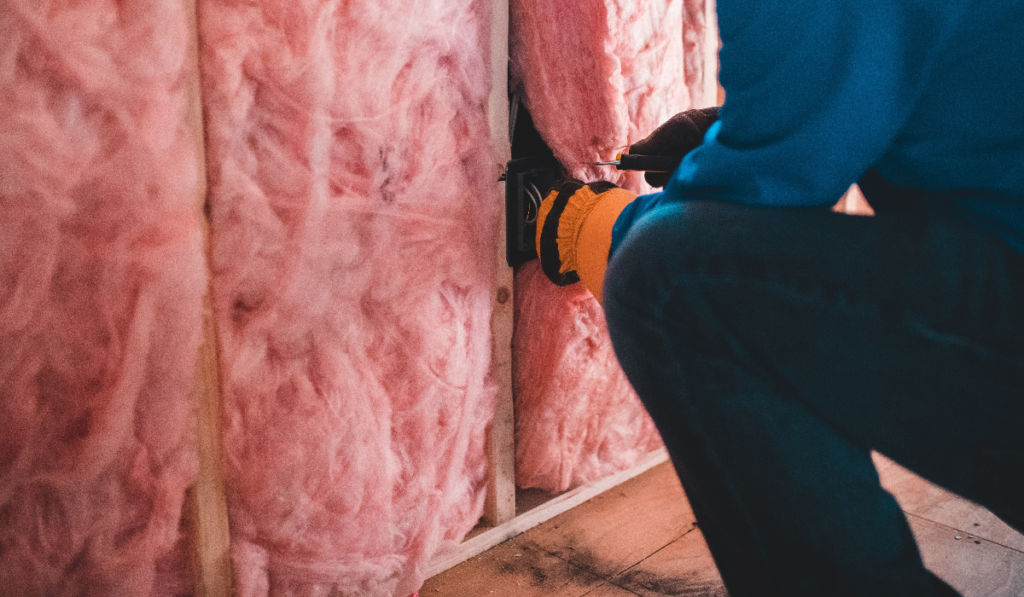
Well-insulated attic
The amount of insulation needed to seal your attic properly varies by climate and home size. However, a well-insulated attic is a one-time cost that can keep your home’s heating and cooling bills down for years to come.
Sealed building envelope
Considering heating and cooling the home is the primary component of your energy bill, energy efficient houses make sure to have the tightest air seals possible. Windows, doors, outlets, and ventilation systems all need proper sealing to maximize energy savings.
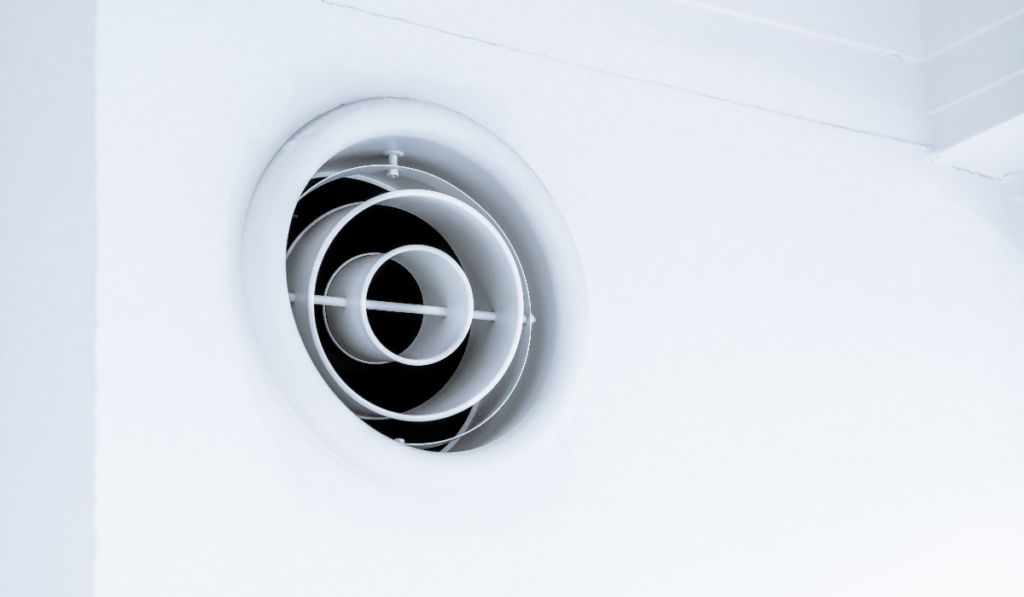
Energy efficient air and ventilation
Energy efficient homes that strive to be net-zero minimize the amount of air lost between the inside and outside of the house. That means energy efficient homes need excellent ventilation, moisture control, and air purifying systems to keep fresh air moving throughout the home.
Energy efficient HVAC
Considering that heating and cooling your home is the priciest component of most people’s energy bills, it should be no surprise that a quality, energy efficient HVAC system should be a priority. Consider a more efficient option if your home uses central A/C and you’re due for a replacement or upgrade. Mini-split systems use heat pump technology to move cooler air into your home instead of refrigerant to condition the air.
For comparison, a good SEER (Seasonal Energy Efficiency Ratio) rating for central A/C is around 14-16 for a standard model, while high energy-efficient models can have ratings in the low 20s. However, mini-splits utilizing heat pump technology have SEER ratings that can be over 30—twice as efficient as your average central A/C!
Simply put, heat pump technology is far more efficient at cooling your home, so that means spending less $$ for the same amount of cool air.
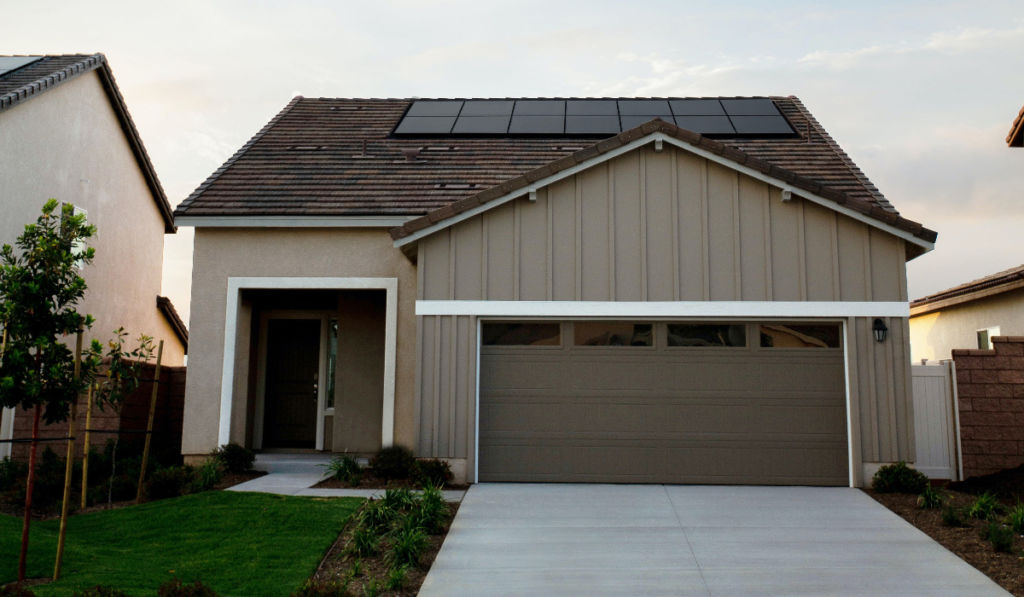
Solar panels (or other renewable energy)
While a minority of homeowners have switched entirely to renewable energy, installing solar panels reduces the amount of power you need to source from your city’s electric grid. In some instances, your home can become self-sufficient, and your locality may actually pay you for some of the power your home generates.
The ITC is a 26% federal tax credit for solar system installations (residential and commercial properties), reducing the tax liability for both individuals and businesses that purchase qualifying solar energy technologies. If a solar system is placed for service in 2022, you qualify for a 26% tax credit instead of 22%.
Get a professional energy assessment
If you’re looking to get the best understanding of your home’s energy efficiency, look into getting a professional energy audit done. A free energy audit through your local utility includes many benefits, including access to additional rebates, free resources, and income-qualified retrofit and efficiency programs.
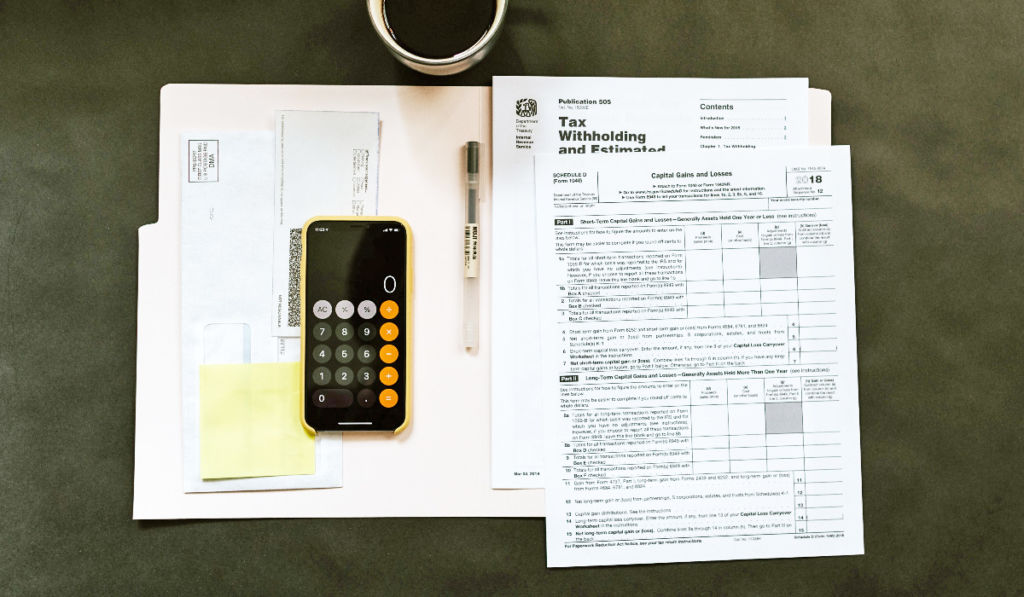
Tax credits
While many of the upgrades listed take time, energy, and chiefly money to do, the IRS gives energy incentives for individual property owners. Energy-efficient insulation, windows, and HVAC systems are among the upgrades you can write off on your taxes.
What are energy efficient building materials?

If you’re looking to build a home or at newly built homes, it’s worth checking what construction materials were used during the build. Some materials are more energy efficient than others and can help you approach a net-zero home.
Insulated concrete walls
If your home happens to have concrete construction, look for insulated concrete walls. Insulated concrete walls can help with sound reduction and temperature control and reduce energy costs by up to 20%.
Bamboo wood alternatives
When building an energy efficient home, consider using bamboo as a wood alternative building material in applications where you can. Bamboo grows readily, is more cost effective, and is an energy efficient alternative to wood, especially in wood composites.
Recycled steel
The old adage from elementary school holds true in building energy efficient homes: reduce, reuse, recycle. Recycled steel uses 75% less energy than the processing of iron ore.
Vacuum insulation panel
Insulation can’t be overstated when it comes to ensuring your energy bills stay down and your home stays energy efficient. Vacuum insulation panels are often used in energy efficient construction because they have five times the insulating power of regular insulation.
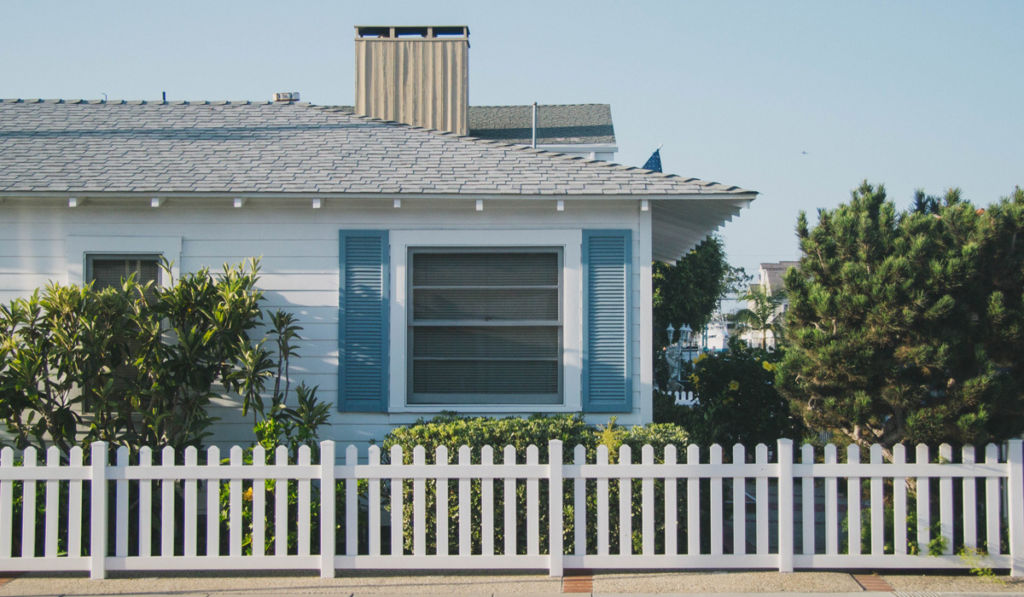
Roofing
Cooling your home means cooling against the rays of the sun, and no part of the house gets more sunlight than the roof. Lighter colored or metal roofing materials reflect more light and heat, saving you up to 25% on energy bills. Materials like tile or green roofs help absorb and disperse heat, meaning cooler roofs and cooler homes.
What are 5 energy efficient home features?
Building an energy efficient home from scratch is one way to be more environmentally friendly. However, smaller changes in your home now can add up to big savings on your energy bills.
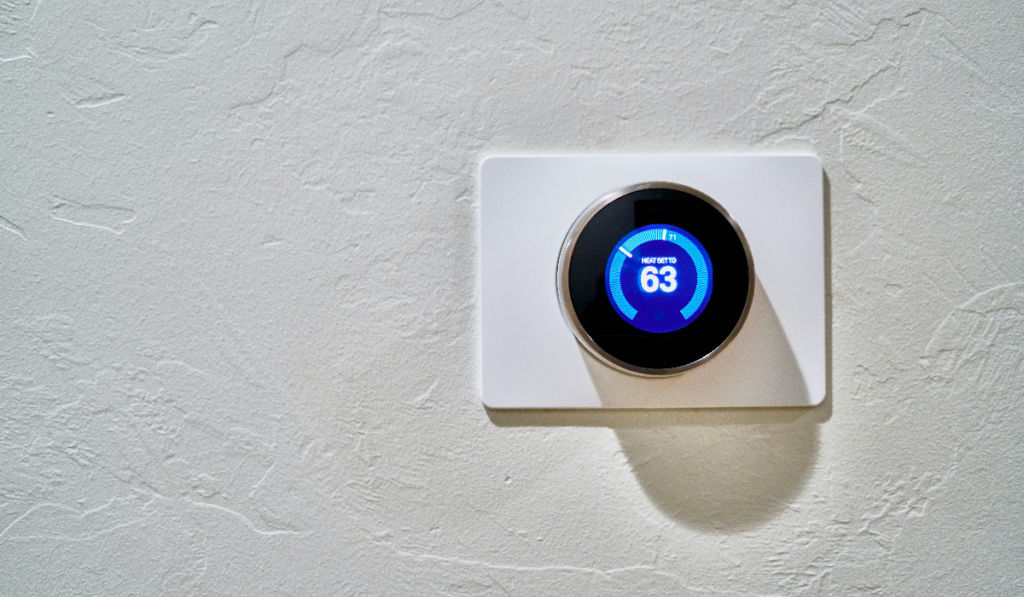
Smart thermostat
Rather than adjusting the thermostat up when it was hot and down when it was cold, smart thermostats can handle those changes for you. You can manage your house’s temperature from anywhere with a smart thermostat and maximize savings potential at the same time.
Motorized window coverings
In the same way a smart thermostat can change the home’s temperature to save money when you aren’t there, motorized shades or blinds can be programmed to open or close to minimize solar gain and maximize your home’s energy usage.
Low-flow showerheads
As with most water appliances, water usage can be cut to save on energy and money. Low-flow showerheads help conserve valuable water resources and put less strain on your locality’s plumbing infrastructure. California Water Service offers water conservation kits featuring a range of water-saving plumbing retrofit fixtures at no cost to residential customers to help conserve water that much easier.
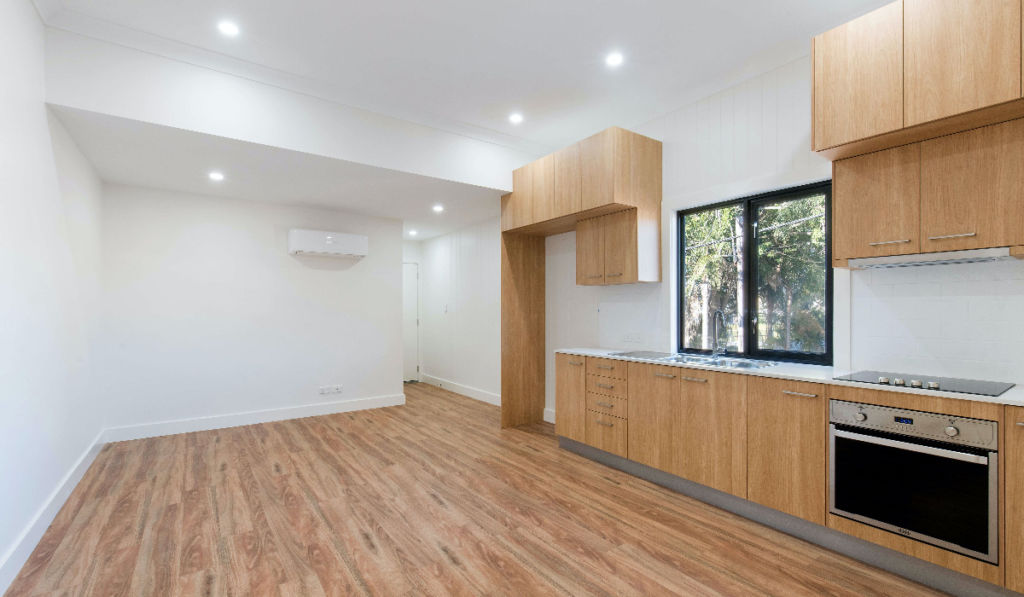
Energy efficient lighting
If you haven’t yet, make the switch to more efficient lighting. LEDs use just 20% as much energy as standard incandescent bulbs and last up to 25 times longer.
Smart plugs
Like other smart devices, smart plugs operate on schedules, turning on and off when you choose or even remotely via your smartphone. As we become more and more plugged in, smart plugs can help prevent latent chargers, devices, and appliances from becoming “energy vampires” in your home.
Location, Location, Location

Consider your location
Your home’s size, shape, and location weigh heavily in how expensive your energy bill is. If you have south or west-facing windows, these will receive the most direct light and can strain your air conditioner as it attempts to cool the home. If you live in a cold climate, maximize the daylight you get from south facing windows to passively heat the home.
It’s costly and difficult (or sometimes downright impossible!) to change the orientation of a home and its windows after construction is complete, so this is something to consider in the home buying/building process. Often, you can obtain past utility bills or a monthly average from the utility company when you’re considering buying a property, which gives useful insight into what those monthly utility bills will be for you!
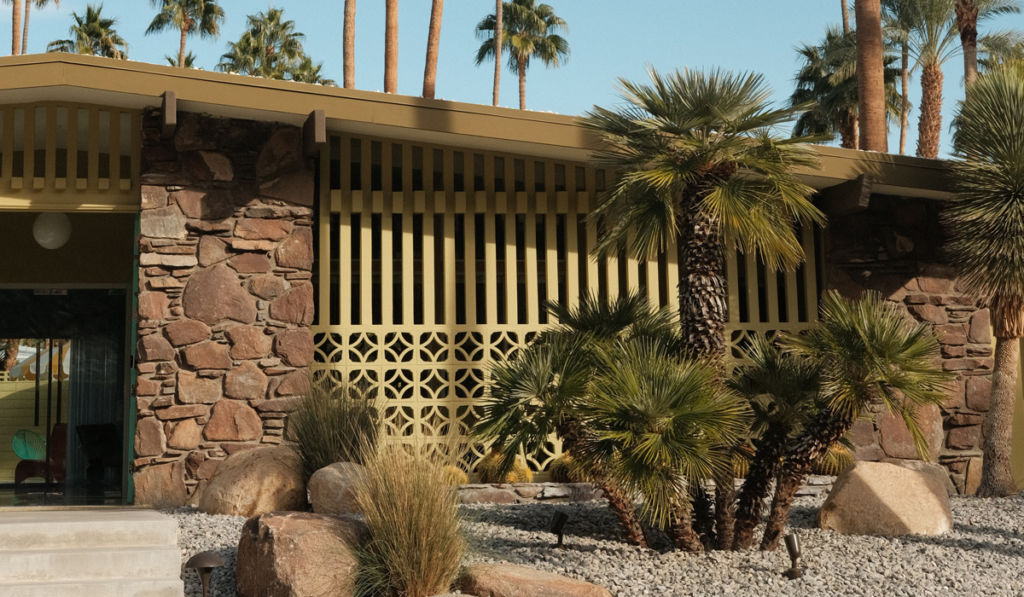
Landscaping & Shade
Oftentimes proper landscaping can eliminate the need for exterior window treatments and save you as much money as exterior shutters or an awning would on your energy bill. Trees that cast shade on your home’s windows during daylight hours can dramatically reduce the heat coming into your home—plus, trees add value to the property and give a nice view out the windows, too!
Replacing grass lawns with drought-tolerant plants will help with water conservation. Planting California natives is a sustainable landscaping approach. California native plants are beautiful and naturally drought tolerant. Replacing your lawn with natives will help support local ecosystems and provide habitat for butterflies, pollinators, and birds.
Tips for saving money and energy at home
Energy efficiency at home doesn’t necessarily mean buying new products or upgrading your interiors. There are changes you can make to your home’s maintenance that affect your home’s energy usage.
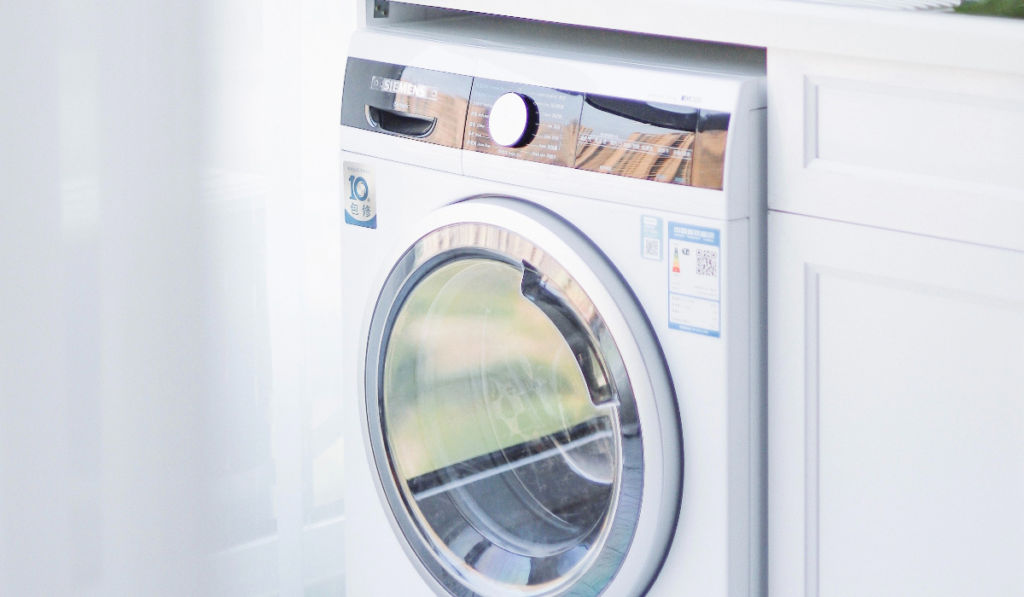
Clean appliances regularly
From the dishwasher to the dryer, your household appliances see daily use and daily buildup. Cleaning and servicing appliances regularly will make them run properly and efficiently—and usually increase their lifespan, too.
Tune up HVAC system
A tuned up HVAC system is a healthy HVAC system. Much like clean appliances, a clean and tuned HVAC will keep your AC and heater alive for longer and running more efficiently, keeping those utility costs down. The harder your system has to work, the more your monthly bills will be.
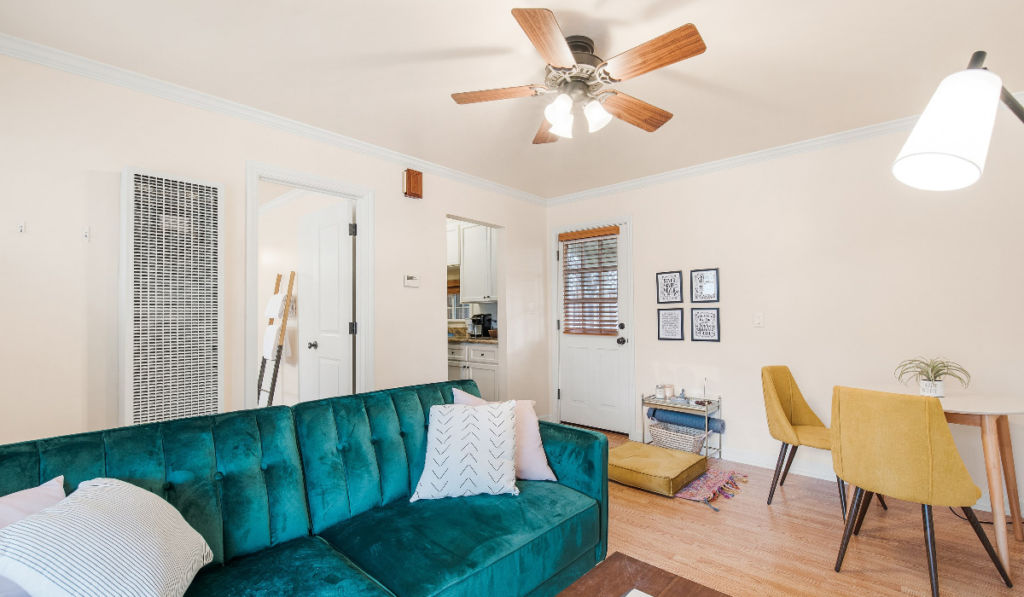
Reverse ceiling fans in winter
During the winter, reverse your ceiling fans to create an updraft that pushes warm up to the ceiling to disperse throughout your home.
Wash clothes in cold water
Save money on water heating by washing clothes in cold water. It saves money and is also kinder on your clothing, reducing wear and tear.
Need a helping hand lowering those electric bills?
Adding, updating, and motorizing your window coverings can have a dramatic impact on utility bills year-round. According to the Department of Energy, heat gain and heat loss through windows are responsible for 25%–30% of residential heating and cooling energy use. Windows are beautiful but compared to properly insulated walls and ceilings, they are the biggest culprits in your home’s inability to stay cool during the summer. The right window treatments retain the beauty and functionality of your windows, while boosting your efficiency and reducing utility bills.